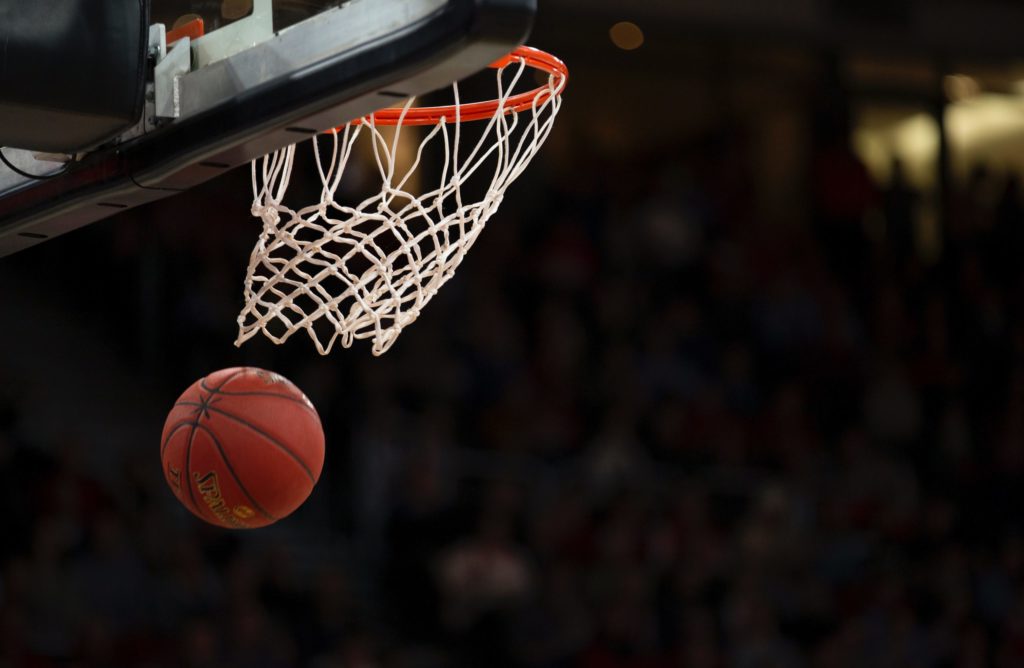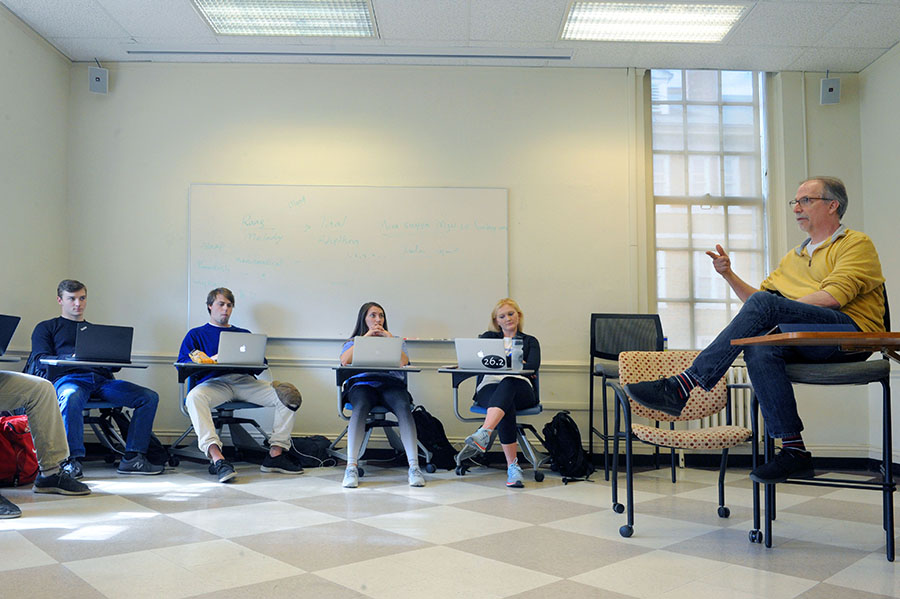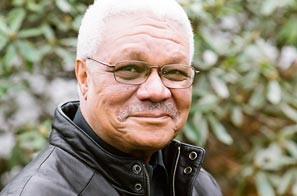The North Carolina Arts Council this week named Lee Weisert, associate professor of composition, one of its recipients of the 2017-18 Artist Fellowship Awards in composition. Weisert, who is a composer of instrumental and electronic music and a multimedia sound artist, teaches courses in music technology, composition, musicianship, and digital media. The honor comes with a $10,000 fellowship to support artistic creation and new work. Weisert has completed four previous sound installations along with composer Jonathon Kirk through their Portable Acoustic Modification Laboratory.

What previous experience did you highlight in your application for the fellowship?
Some composition, but I’d say that the backbone of it was the sound installation work that I do with collaborators like Jonathon Kirk. We’ve done four installations, which are kind of like sculptural works that have some kind of sound-generating function. I submitted several of those, and I also proposed some large-scale work if we were recipients of the fellowship. We plan on doing our fifth project, and that will hopefully be a step up in terms of what we’re able to do physically with the piece and also technologically because we have more money to do that.
Do you plan to continue featuring nature in your sound installations like you’ve done in the past?
In a way. The most simplistic idea that we had at the beginning was that we wanted to have lots of sound sources for this project, maybe dozens—or even up to 200, possibly—separate little modules that create sound. We’re not exactly sure what sound that would be. Those could either be speakers or some sort of percussive instruments that are triggered.
We want to be able to precisely synchronize those and space them out in a large area, probably outdoors, so that way it would be an immersive composition. In the past, we had used recordings from nature, like of ice melting, or we had used natural behaviors like flow dynamics to produce musical compositions.This would be less direct in that the material itself is not tied to nature, but in a way, you can wander through it the same way you’d wander through a natural environment and experience it.
The inspiration in terms of how the sounds would be organized would probably be along the lines of an emergent process that you’d find in nature: things like schools of fish, flocks of starlings, or sand dunes. These are things th

at have many, many small actors that when they act together create perceivable patterns.
What first got you interested in composing music through sound installations?
It was kind of born from the friendship that Jonathon and I had in graduate school. I hadn’t done any work prior to our collaboration in sound installations, and I think neither had he. Initially, it was a grant that was available to graduate students at Northwestern that could be used for a collaborative project like this. We both have also been fans of other artists that work in that area: people like Alvin Lucier and David Dunn who have done not just sound installations but even just purely sonic compositions that use natural phenomena in some way.
How do you look at natural phenomena and envision it as music?
Some of it is conceptual, like “what would it sound like to have your head frozen in a block of ice?” Some of it is technological. With the ice piece, and I can’t remember if we first thought of the ice or heard about the hydrophone, which is a waterproof microphone. You get the idea: how can we use it in a way that is not the standard use? Typically, hydrophones are used to listen to dolphins or whales. There’s a 50-50 approach, which is kind of random, about what’s out there technologically that’s interesting and could be used for a different purpose, but also looking in nature and seeing the parallels with music. You could think of birds as notes or water as texture that change over time.
What does this fellowship mean to you?
I think we’re excited to have the opportunity to pursue a larger project because those are the pieces that we were always enamored with. It’s hard to find the funding and time to do that. We’ve never been able to do something big before, so that’s what we’re most excited about. Coming with that is the learning curve. We’re going to encounter new technology like wireless networking technology that we’ve never had to deal with because we’ve been using small, exhibit type pieces. Both in the artistic ambition of creating something large but also venturing into new areas of technological knowledge, I think those are both things that will be new and exciting for both of us.
Story from UNC music department




